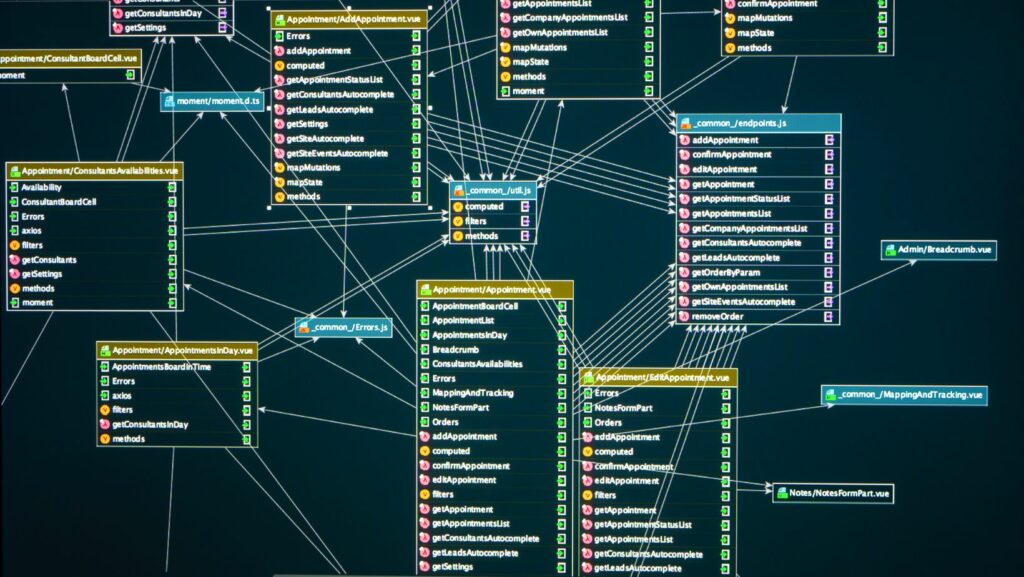In the fast-paced world of data analytics, organizations need powerful tools to manage and interpret vast amounts of information. Tableau Server stands out as a leading solution, enabling teams to collaborate, share, and analyze data seamlessly. But to truly harness its potential, understanding Tableau Server insights is crucial.
Tableau Server Insights
 Tableau Server is a robust platform for hosting and sharing Tableau data visualizations and dashboards. It enables organizations to distribute interactive workbooks, enabling team members to collaborate on data analysis in real time. Compatibility with various data sources allows operations across diverse datasets, enhancing the ability to gain insights.
Tableau Server is a robust platform for hosting and sharing Tableau data visualizations and dashboards. It enables organizations to distribute interactive workbooks, enabling team members to collaborate on data analysis in real time. Compatibility with various data sources allows operations across diverse datasets, enhancing the ability to gain insights.
Secure access controls facilitate safe data distribution, ensuring that only authorized users can view or interact with sensitive information. Integration with existing IT infrastructure, such as Active Directory and SSL, also enhances security and streamline authentication processes.
 Scalability is a crucial feature, allowing companies to handle increasing data loads and user demands efficiently. Whether running a small business or a large enterprise, Tableau Server adapts to varying workloads, maintaining performance and reliability.
Scalability is a crucial feature, allowing companies to handle increasing data loads and user demands efficiently. Whether running a small business or a large enterprise, Tableau Server adapts to varying workloads, maintaining performance and reliability.
Management of administrative tasks becomes straightforward with Tableau Server’s web-based interface, enabling easy monitoring and configuration. IT departments can quickly assess system health, track performance metrics, and make necessary adjustments to optimize server functioning. This proactive approach helps in maintaining operational efficiency, mitigating potential issues before they impact users.
Key Features Of Tableau Server
The key features of Tableau Server improve data analytics by streamlining data visualization, security, and collaboration. These features ensure users optimize their data operations efficiently.
Data Visualization
Tableau Server creates interactive dashboards that link various data sources, presenting detailed insights. Users can drag and drop elements to build custom visualizations without coding. It also supports real-time data updates, keeping visualizations current and relevant. The flexibility and customization options make it a powerful tool for visual data analysis.
Data Security
 Tableau Server employs robust security measures to protect data. It integrates with existing authentication protocols like LDAP and Active Directory. Users have role-based access controls, ensuring only authorized personnel can view sensitive data. Encryption of data at rest and during transmission further enhances security. These measures comply with industry standards, safeguarding organizational data.
Tableau Server employs robust security measures to protect data. It integrates with existing authentication protocols like LDAP and Active Directory. Users have role-based access controls, ensuring only authorized personnel can view sensitive data. Encryption of data at rest and during transmission further enhances security. These measures comply with industry standards, safeguarding organizational data.
Collaboration Tools
Users benefit from powerful collaboration tools in Tableau Server. Teams can share dashboards, comment on insights, and subscribe to updates. Version control tracks changes, allowing users to revert to previous versions if needed. Mobile support enables access on-the-go, ensuring continuous connectivity and collaboration. These tools streamline teamwork and decision-making processes.
How To Implement Tableau Server Insights
Step 1: Install Tableau Server
Installing Tableau Server involves downloading the installer from the Tableau website and running it on a machine that meets the system requirements. This process requires administrative access to the target machine. During installation, users choose to deploy in either single-node or multi-node environments.
Step 2: Configure Initial Server Settings
After installation, it’s essential to configure initial settings such as authentication methods, SSL certificates, and email alerts. These settings ensure secure access and effective monitoring. Authentication methods, like Active Directory and SAML, define how users authenticate to the server.
Step 3: Add Users and Assign Roles
 Adding users and assigning roles is critical for managing access. Administrators add users manually or via directory synchronization. User roles, such as Viewer, Explorer, and Creator, determine the level of access each individual has.
Adding users and assigning roles is critical for managing access. Administrators add users manually or via directory synchronization. User roles, such as Viewer, Explorer, and Creator, determine the level of access each individual has.
For seamless sharing, users publish data sources and workbooks to Tableau Server. This step allows team members to access and interact with shared content. Authors ensure that data connections are live or extract-based for optimal performance.
Step 4: Set Permissions
Setting permissions on projects and workbooks is vital for data security. Permissions control who can view, edit, or delete content. Administrators configure these settings to align with organizational policies and user roles.
Step 5: Monitor Server Performance
Monitoring server performance helps maintain efficiency. Administrators use Tableau’s built-in monitoring tools and create custom dashboards to track server health, performance metrics, and usage statistics. This step ensures that the server operates smoothly and meets user needs.



